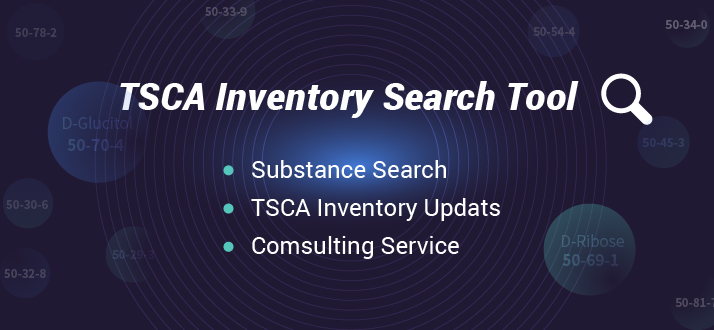China Pesticide Registration: Risk Pre-assessment Creates Sustainable Development Opportunities
On September 13, 2017, the Ministry of Agriculture of the People’s Republic of China officially the Regulation on the Management of Pesticides which included a provision which added pesticide risk assessment reports to the pesticide registration data requirements. Although Chinese pesticide companies may already understand this new regulation, few of them were able to truly grasp the Ministry’s intention behind this measure. According to REACH24H risk assessment team’s data, more than 30% of Chinese pesticide companies have experienced wasteful registration fees and registration time since the new regulations were issued. What is more, some enterprises were forced to carry out large-scale changes and adjustments due to the inability to pass the registration review in accordance with the new regulations.
Among the more than 100 risk assessment report projects already carried out by our company, more than 50% of the products failed pass the first-stage risk assessment. After the second phase of in-depth changes and a new round of assessments, companies were reportedly still unable to obtain more than 20% of the total number of risk-controlled products, involving more than a dozen companies, of which old pesticide products account for the vast majority, like indoor sprays, etc.
So what is the purpose of the newly added risk assessment of the Ministry of Agriculture? Why do you want companies to learn and carry out on their own?
The answer is: let companies to consciously eliminate old products and allow them to conduct risk pre-assessments internally.
As we all know, most countries in the world deal with the risk assessment of pesticide products by requiring that companies submit various types of data. Regulators conduct risk assessments based on this data, with the possible adverse outcome that if the assessment fails, then registration, test costs and consulting fees are all lost.
At the moment, the EU and China have proposed new requirements for companies to submit their own risk assessment reports. This is also founded on the government’s desire for companies to have a more thorough understanding of their own products. This means not simply analyzing a product based on its expected market performance, but also fully understanding their value from the point of view of efficacy, health, environment, dietary impacts, and resistance. Chinese pesticide companies must accurately understand the product’s life cycle and future potential, so as to develop business strategies, improve business conditions, and help with the sustainable development of the industry.
To achieve this, officers responsible for pesticide registration play a pivotal role, as their professional skills and the company’s vision will greatly determine whether it can achieve long-term stability. The registrar applicant needs to adapt his role in document editing and data collection to actually become a goalkeeper for product safety evaluation. If companies are able to adopt these guidelines, instead of blindly repeating previous experiences when applying for a registration, they may actually contribute to the long-term growth of the company and its products.
So how do you accurately apply risk assessment tools to conduct risk pre-assessment before registration?
1. Universal Application Method: before the product registration experiment
When a company and a laboratory sign a test contract and carry out efficacy, toxicology, physicochemical and environmental tests, the laboratory cannot guarantee that the product will pass the review and obtain the registration certificate. Therefore, before signing a contract with the laboratory, the company should conduct a risk pre-assessment and determine the safety status of the product in advance to ensure that the cost is used in the right place.
Although there is no guarantee that the results of the pre-assessment will be consistent with the conclusions of the final risk assessment report, most of them will not be biased as long as they are carried out by professionals.
2. Applying pre-assessment methods before production
When Chinese pesticide companies develop new products, they generally assess the possible effects and market prospect, yet often overlook the preconditions for new products to be listed. Can the product’s risk be controlled? Is it possible to successfully obtain a registration certificate?
When developing a new product, each step of production and registration is a huge investment, and one mistake can lead to tens of millions in losses, all of which has made risk assessment the basis and key for enterprise risk control. In China, specifically, the risk pre-assessment of new products is very difficult to carry out, as many products lack the corresponding data support, and all the complete registration data may require tens of millions of RMB in cost. Therefore, it is recommended that non-test methods such as Read-Across and QSAR can be used to predict the nature of new products and conduct risk pre-assessment in advance.
3. Special application method: new formula and new dosage form, new crop, new application method before application
Finally, due to the resistance of the pesticide itself and changes in the environment, the risk assessment result for the product will also change with the understanding of the human pesticide, use, and the improvement of the level of protection. Therefore, it would be highly recommended that personnel in charge of pesticide registration in Chinese companies incorporate new ideas and concepts as soon as possible, using risk assessment tools, thus saving registration costs, improving their understanding of the quality of their products, planning production and product layouts in advance more efficiently, and realizing the enterprise’s own contribution to the sustainable development of the pesticides industry in China.
